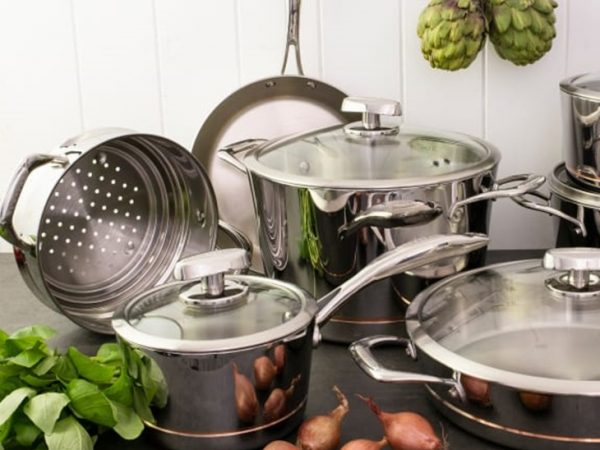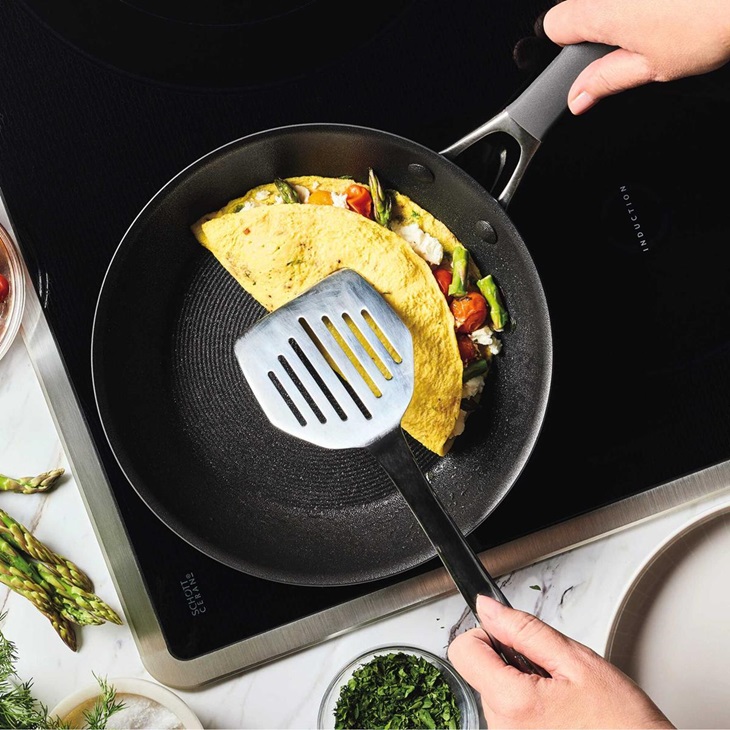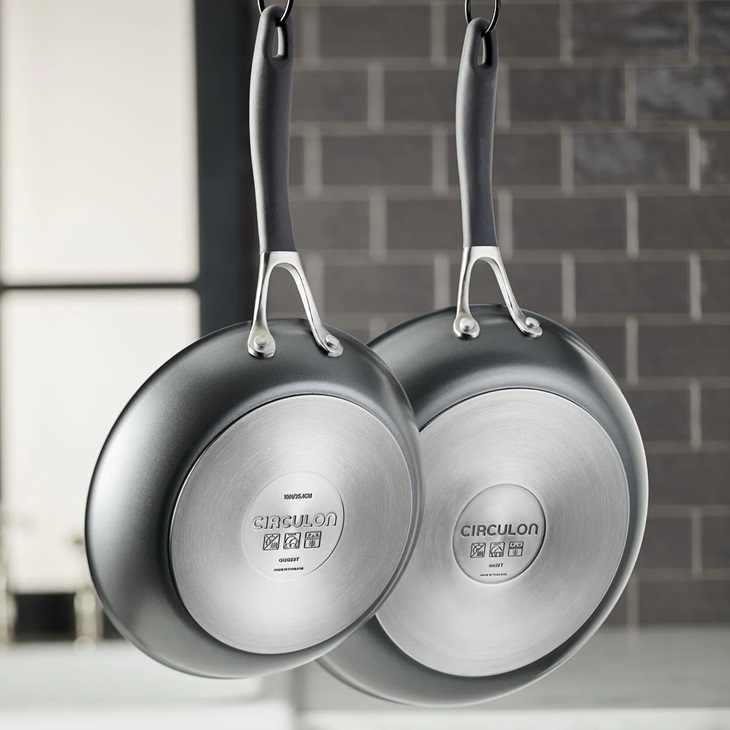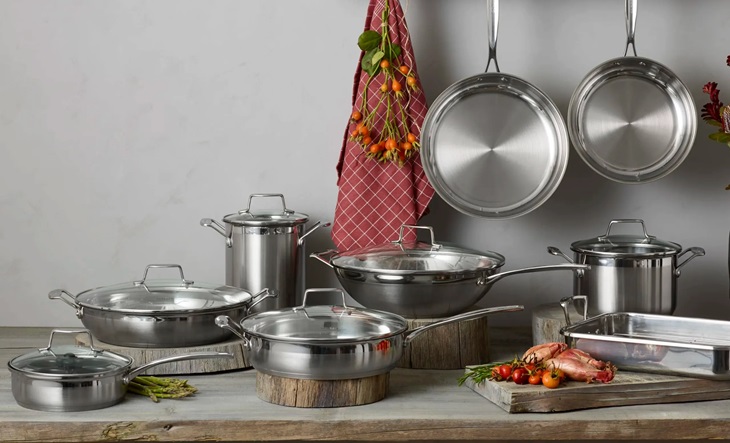15
May

Pans are indispensable cookware in the kitchen. Everyone has them, everyone loves them. From sauteing and frying to sizzling and searing, we use them to prepare a wide range of meals and dishes. Plus, let’s admit, everything tastes much better when it’s fried. What type of pan we will use depends on what we want to cook. However, the type of material of the cookware also plays a significant role in the pan’s cooking performance.
There’s no doubt that the assortment of frying pans for sale is pretty extensive. If you want to enhance your cooking experience, it’s important to choose the right pan material and explore influencing factors such as heat distribution, durability and food flavour.

Choosing the right material directly impacts the cooking results. Some materials are more suitable for certain cooking tasks than others. It’s also important to check if the pan is suitable for the type of stove you use. Not all materials will work equally well with your type of stove.
There is a wide range of frying pans for sale that come in different materials. They can be made from ceramics, stainless steel, non-stick coating, aluminium, cast iron, glass, carbon steel and heat-resistant glass.
Besides the material, the size of the pan is undoubtedly important. Depending on what you’re cooking, you don’t want to overcrowd the pan but also don’t want to leave too much negative space. You should be able to meet the pan’s capacity if you want the food to be well prepared.
Stainless steel is one of the most commonly used materials for frying pans and there are several good reasons for that. Stainless steel is exceptionally durable, which is a highly desirable characteristic of the pans that we own. Plus, this material is also resistant to corrosion and rust. It helps the pan to distribute the heat evenly across the entire surface, which ensures uniform cooking.
As a material, stainless steel is compatible with most cooktops, even with induction stoves. Fry pans made from this material can be used for preparing a variety of dishes, from steaks and delicate fish fillets to sauteed veggies and noodles, stainless steel is great for achieving that golden-brown crust that gives the extra flair to the food.
Cast iron fry models are best known for their exceptional heat retention and even heat distribution. What makes these pans highly favoured among cooking professionals, is that they warm up gradually and evenly, which ensures thorough cooking and allows the flavours to develop to perfection. They are great for searing and browning, whether you’re caramelizing or want to create a golden crust on a juicy steak.
Another thing that makes these cooking tools great is their compatibility with induction cooktops. This ability allows you to harness the benefits of induction technology and enjoy a superior cooking performance. Just remember to season your fry pan before use.
Aluminium frying pans are typically more lightweight and more affordable than stainless steel and cast iron pans. They heat up quickly, so they are ideal for preparing something quickly or warming up your leftovers.
Although pure aluminium pans are not compatible with induction stoves, you can find aluminium pans that have added layers of stainless steel or come with an induction-compatible base. These cooking tools are great for everyday cooking tasks such as frying, searing and browning foods. Additionally, many aluminium frying pans are made with non-stick coating for a healthier cooking.
Non-stick pans are made with non-stick coating which prevents the food from sticking on the pan. This feature makes them the most sought-after cookware among many households because cleaning them is a breeze.
In terms of compatibility with induction stoves, it depends on whether the frying pan comes with an induction-compatible base because non-stick pans are not inherently suitable for induction cooktops. Regardless, these cooking tools are ideal for preparing delicate foods like eggs, pancakes and fish, without excess oil and the risk of sticking to the pan’s surface.

A stainless steel fry pan is the most common type of pan used for frying. These pans are valued for their exceptional durability and versatility, which makes them a popular choice for everyday frying. Plus, their induction compatibility makes them an indispensable cooking tool in the kitchen. Even professionals often reach for a stainless steel fry pan when frying, as they are typically lightweight and easy to maneuver.

Cast iron is generally considered to be the best material for deep frying. This is because cast iron is great at heat retention and warms up gradually and gives the dishes that golden and crunchy texture for that extra flavour. When deep frying, it is important to keep the temperature of the oil steady. Cast iron can do this job better than any other material, making it a top choice for deep frying. It’s also incredibly durable and can withstand high temperatures without warping or cracking.